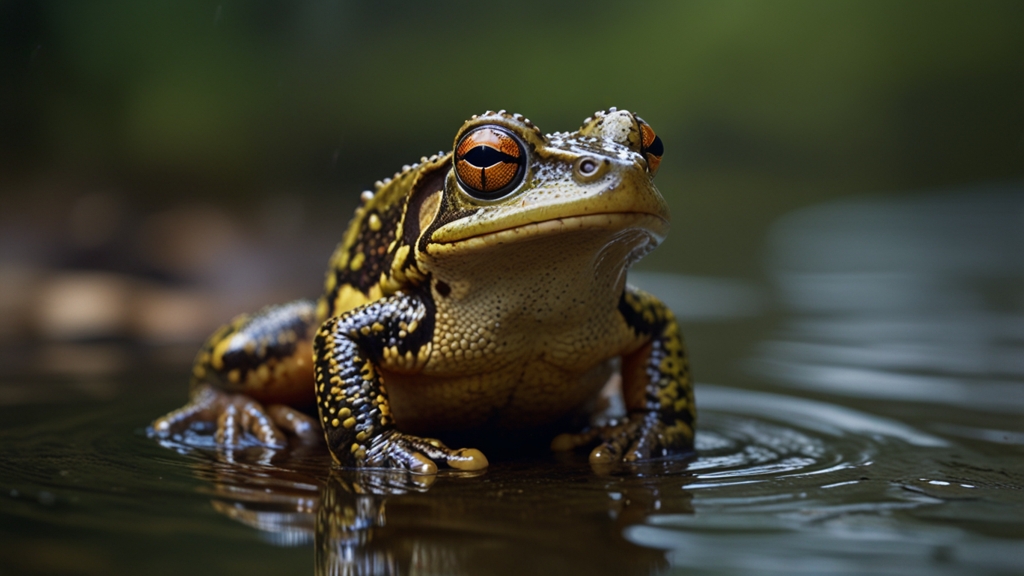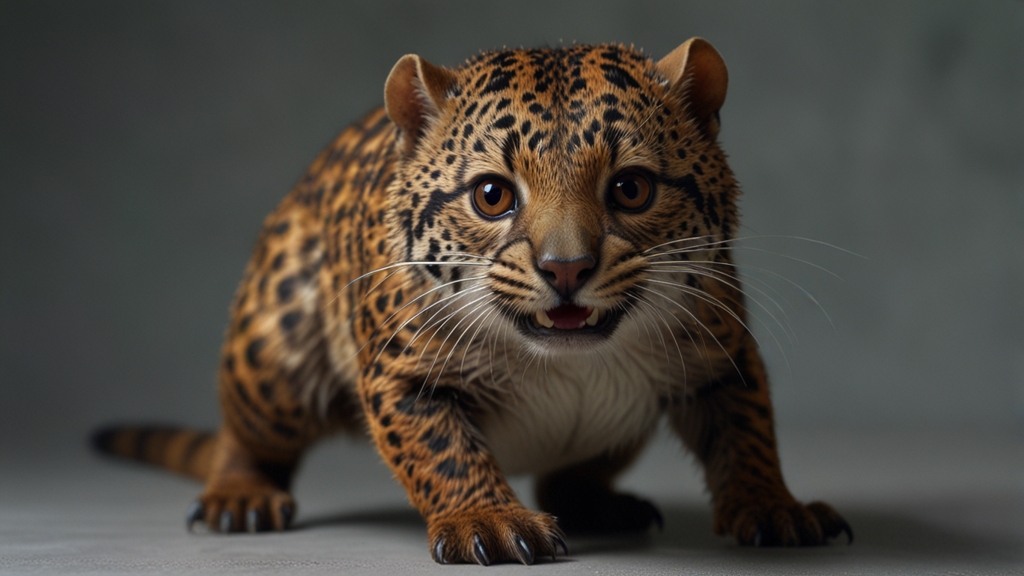How Amphibians Have Adapted to Survive in a Changing World
Amphibians, with their unique ability to thrive both in water and on land, are among the most adaptable creatures on Earth. Their adaptability is crucial as they face a rapidly changing world, influenced by climate change, habitat destruction, and pollution. Despite these challenges, amphibians continue to demonstrate remarkable resilience through various adaptive strategies.
Physiological Adaptations
One of the key ways amphibians have adapted is through physiological changes. Their skin, which plays a crucial role in respiration and moisture absorption, has evolved to better cope with environmental changes. For instance, many amphibian species possess a permeable skin that adapts to different humidity levels. This allows them to thrive in both arid and aquatic environments by regulating their water intake and preventing desiccation.
Additionally, some amphibians have developed a tolerance to toxins and pollutants. This is particularly evident in species that inhabit polluted water bodies. These amphibians have evolved detoxification mechanisms that enable them to survive despite high levels of contaminants that would be lethal to other species.
Behavioral Adaptations
Behavioral adaptations are equally significant in helping amphibians withstand environmental changes. Many species exhibit temporal flexibility in their breeding seasons, adjusting their reproductive timing to coincide with favorable environmental conditions. For example, in response to climate change, some amphibians now breed earlier in the spring or later in the year to ensure the survival of their offspring.
Species such as the wood frog have adjusted their breeding rituals to cope with the unpredictable climate. By adapting their reproductive cycles, they maximize the chances of their offspring's survival.
Migration is another behavioral adaptation observed in amphibians. During unfavorable conditions, such as drought or extreme temperatures, amphibians might migrate to more suitable habitats. This not only enhances their chances of survival but also allows them to exploit new resources and niches.
Morphological Adaptations
Amphibians have also developed morphological adaptations that aid in their survival. Changes in body size, coloration, and limb structure are some examples. For instance, some species have adapted limb structures that enable them to navigate new or altered terrains more efficiently. An example is the development of stronger and more agile limbs in certain frog species that dwell in mountainous areas.
Camouflage and mimicry are other crucial morphological adaptations. Amphibians like the horned frog have skin patterns and colors that blend seamlessly with their environment, making them less visible to predators. This not only provides protection but also increases their chances of catching prey.
Amphibians such as the mimic poison frog use their vibrant colors to warn potential predators of their toxicity, employing a survival strategy known as aposematism. This form of mimicry is a dual-purpose adaptation that deters predators while signaling danger.
Genetic Adaptations
The ability to rapidly adapt genetically to changing environments is one of the most powerful tools in an amphibian's survival arsenal. Amphibians exhibit high genetic variability within their populations, which allows for rapid evolution and adaptation to new or altered habitats. This genetic diversity is crucial in enabling populations to withstand diseases, environmental toxins, and climatic changes.
Research has shown that certain amphibian populations have developed resistance to the deadly chytrid fungus, a pathogen responsible for massive declines in amphibian populations worldwide. This genetic resilience highlights the importance of maintaining genetic diversity within species to allow for future adaptation and survival.
Conclusion
In conclusion, amphibians have demonstrated a remarkable ability to adapt through a combination of physiological, behavioral, morphological, and genetic changes. As they face the ongoing challenges of habitat loss, climate change, and pollution, their adaptive capabilities will be critical to their continued survival. The more we understand about these adaptive mechanisms, the better equipped we will be to aid in their conservation and ensure these resilient creatures continue to thrive in a changing world.







